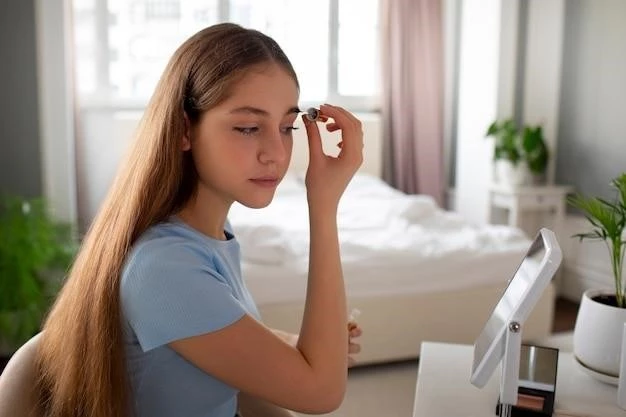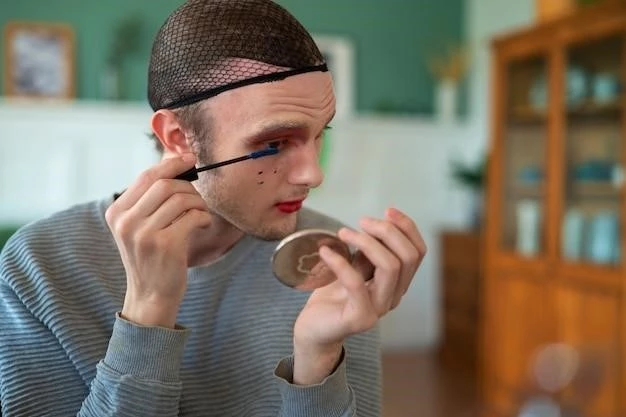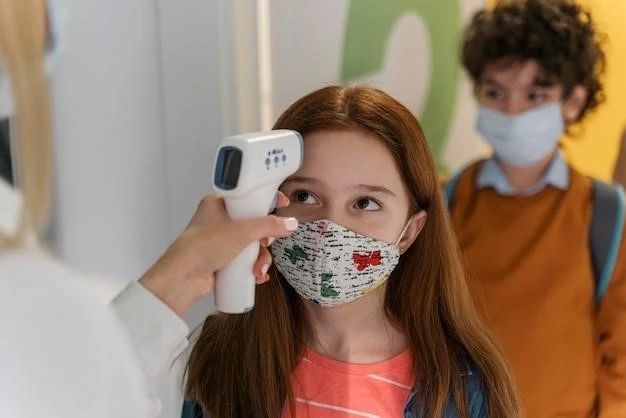Introduction
Trichomalacia is a condition characterized by distorted hair shafts and is associated with prolonged use of detangling hairbrushes. Patients may also develop trichotillomania, a disorder resulting in hair-pulling.
Trichomalacia is a condition characterized by distorted hair shafts and is often associated with prolonged use of detangling hairbrushes. It may also be observed in cases of trichotillomania where individuals have an irresistible urge to pull out their own hair. Medical professionals diagnose trichomalacia through scalp biopsies, which reveal non-inflammatory non-scarring alopecia and distorted hair shafts. Some common histopathological features include extruded pigment and a twisted hair cortex.

Causes and Symptoms
Trichomalacia is often caused by prolonged use of detangling hairbrushes leading to distorted hair shafts. Symptoms may include hair-pulling behaviors and damage to the hair follicles.
All patients diagnosed with trichomalacia had used detangling hairbrushes for at least 6 months before developing diffuse alopecia. Scalp biopsies revealed characteristic features of trichomalacia such as distorted hair shafts, suggesting a strong association between detangling hairbrush use and the condition’s development.
Overview of Trichomalacia
Trichomalacia is a condition involving distorted hair shafts due to detangling hairbrush use, with associations to trichotillomania where individuals compulsively pull out their own hair. Scalp biopsies show characteristic features like non-scarring alopecia and extruded pigment, aiding in diagnosis and treatment.
Detangling Hairbrush Use
Prolonged use of detangling hairbrushes has been linked to the development of trichomalacia, resulting in distorted hair shafts and possible hair loss.
Scalp Biopsies
Scalp biopsies in trichomalacia cases show non-inflammatory non-scarring alopecia, distorted hair shafts, and extruded pigment. Histopathological findings reveal evidence of follicular damage and twisted hair shafts, aiding in the diagnosis of this condition.
Medical Treatment Options
Patients with trichomalacia have various medical treatment options available, including antibiotics to prevent infection, topical or intralesional steroids, topical antifungal shampoos, and biotin supplements. These treatments aim to manage symptoms and improve the condition of the hair follicles affected by trichomalacia.
Medullary Trichomalacia
Medullary trichomalacia is a syndrome identified in German Shepherd Dogs, involving areas of broken hairs and altered medullary structure.
Syndrome in German Shepherd Dogs
Medullary trichomalacia, a syndrome observed in German Shepherd Dogs, manifests as areas with broken hairs and altered medullary structures in the affected pets.
Characteristics and Histologic Findings
Medullary trichomalacia observed in German Shepherd Dogs presents with distinctive features like broken hairs and altered medullary structures, with specific areas showing a tufted hair appearance. Microscopic examination shows irregularities in the medullary structure and the hair shafts’ architecture.
Acquired Diffuse Trichomalacia
Acquired diffuse trichomalacia is linked to prolonged use of detangling hairbrushes, resulting in new trichoscopic patterns and associated hair damage.
Associated with Prolonged Use of Detangling Hairbrushes
Acquired diffuse trichomalacia is reported to be associated with the extended use of detangling hairbrushes. This can lead to new trichoscopic patterns and is linked to hair damage and the appearance of characteristic findings such as distorted hair shafts.
Acquired diffuse trichomalacia has been observed to present with new trichoscopic patterns, especially after prolonged use of detangling hairbrushes. These patterns may aid in the diagnosis of the condition, highlighting the effects of hair damage associated with trichomalacia.

Histopathological Features
Trichomalacia is characterized by distorted hair shafts and extruded pigment, often observed due to repetitive hair plucking or other trauma, resulting in hair shaft abnormalities. The condition is linked to follicular microhemorrhage and distorted hair follicle anatomy.
New Trichoscopic Patterns
Acquired diffuse trichomalacia has been associated with the emergence of new trichoscopic patterns, particularly after prolonged use of detangling hairbrushes. These distinct patterns serve as valuable diagnostic indicators, shedding light on the effects of trichomalacia-induced hair damage.
Distorted Hair Shaft and Extruded Pigment
Trichomalacia is characterized by distorted hair shafts and extruded pigment, often observed due to repetitive hair plucking or other trauma, resulting in hair shaft abnormalities. The condition is linked to follicular microhemorrhage and distorted hair follicle anatomy.
